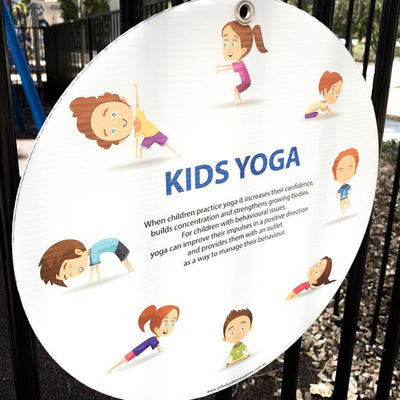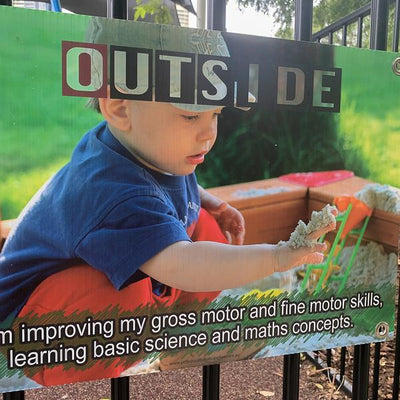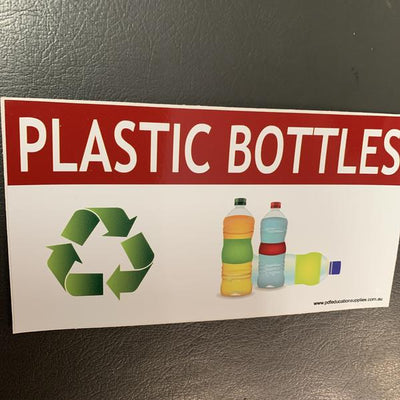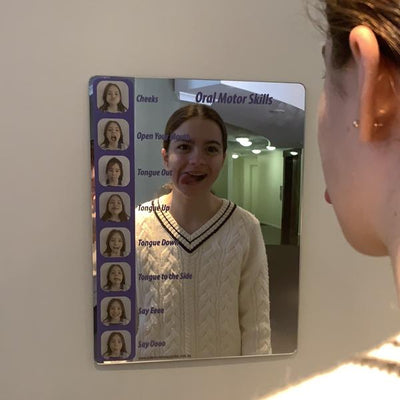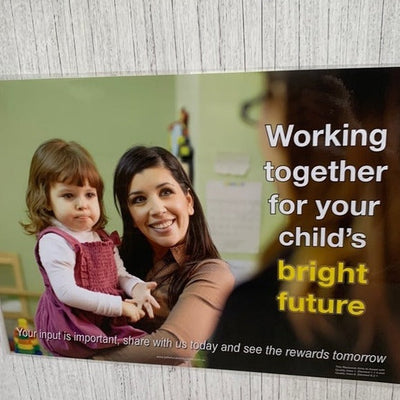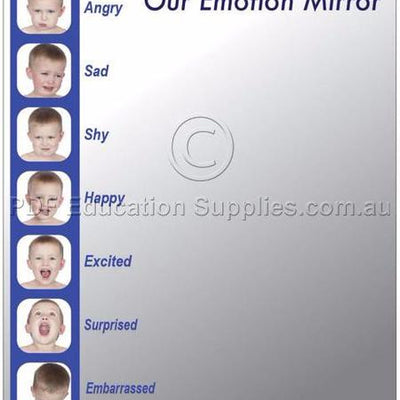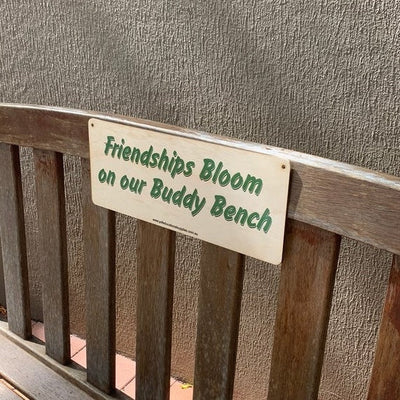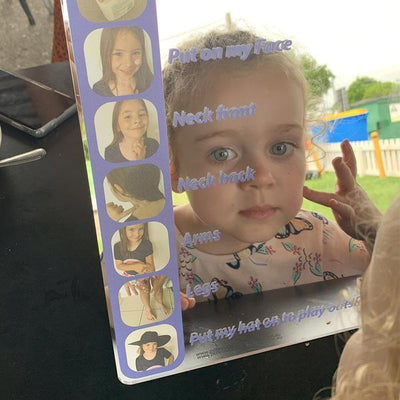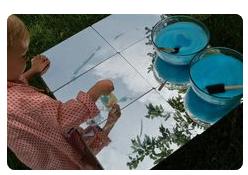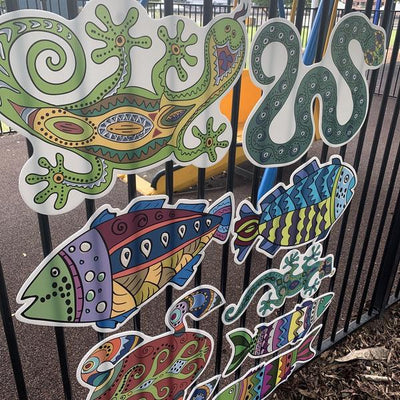Benefits of Yoga
Why we should all be practicing Yoga :-
* Promotes Self-esteem and Confidence
* Increase strength, flexibility and balance
* Improves focus and attention
* Cultivates respect for self and others
-
Oct 05, 2021
Benefits of Sandpit Play for Children
Sand help a child develop fine motor skills like those necessary to use a small shovel, pull a truck, and build a castle. By burying themselves in sand, and feeling their body position within the sand, children are using words to communicate their different body parts that they can feel or move under the sand. Sand play also helps children develop more complex social skills like sharing, and communicating with piers. A child does not need large numbers of toys in a sandpit as their imagination will be endless. Sand play is particularly beneficial for developing a sense of textures. Not only is sand a new and different texture for children to feel on their skin, but the contrast it creates with concrete, grass, dirt, and wood will emphasize the sensation of each surface. Sand Play Safety Tips A sand box should always be cover it when it’s not in use to...
-
Jul 05, 2021
Recycling for Children
Recycling projects are a fun and inventive experiences that children can turn into lifelong habits when established early in years.
Instead of buying new resources, explore craft ideas for kids with waste material. You don’t have to wait for Earth Day to try recycling things. Do them now by collecting items from around your home and by sorting out your rubbish before it goes in the trash.
With 10cents for can and bottle recycling it is also a way for children to earn their own spending money.
-
Jun 18, 2021
Speech Development Mirror
To assist children who have language delay - autism non verbal, down syndrome , premature babies to even stroke victims these visual oral motor skills will assist with training the brain to improve speech, social and emotional growth. We have printed the movements down the side of these shatterproof mirrors and the person can copy them seeing them on themselves. These really are a wonderful learning tool for teachers, parents and speech therapists. Age Developmental milestones Common errors Possible implications if milestones not achieved 0-6 months The baby makes cooing sounds (e.g. ‘oo’, ‘ee’, ‘ah’), turns towards sounds and gives eye contact when they hear an adult speaking or making sounds None Can affect social interaction with parents Can affect oral muscle tone (i.e. of the tongue, cheeks, lips) 6-12 months At 6 months the baby startsto babble and repeat sounds (e.g. ‘mamama’) None Can affect social interaction with parents Can affect...
-
May 17, 2021
Relationships vs Partnerships in Early Education
Authentic partnerships with families are essential. This is recognised in the National Quality Standard (NQS) Quality Area 6, which describes the importance of building ‘collaborative partnerships with families and communities’. Focusing on partnerships with families helps educators develop a holistic understanding of each child, informs high quality outcomes for each child, and fosters a strong sense of community
-
Apr 06, 2021
Autism Month 2021
Every April the world celebrates World Austim Month,
it begins with the United Nations-sanctioned World Autism Awareness Day on April 2. Throughout the month we focus on sharing stories and providing opportunities to increase understanding and acceptance of people with autism, fostering worldwide support.
-
Mar 24, 2021
Why your Centre or School needs a Buddy Bench
A Buddy Bench is a secure place where children can go to when they are feeling low or lonely and other children are encouraged to come and make friends and brighten some ones day. This timber sign is suitable for outdoor use, but we do recommend you apply a coat of clear varnish to prevent mould from growing on the timber. Helping to reduce and hopefully stop bullying and feeling of social isolation. The position of the seat should be chosen so if a child can sitting there for any length of time they like and it should be visible by other children and an adult supervisor. Making it visible to the play area also will encourage a child to join in play. It is important to discuss with all children the role they can play in being a buddy and leadership. The concept can be introduced to students in younger grades...
-
Mar 01, 2021
Benefits of Mirrors in Early Education Services
Using mirrors with infant and toddlers in a early education setting is a developmental tool used to teach self recognition. Young children can also develop pre-reading skills from the use of mirrors by learning pronunciation, vocabulary, and the skill of identification.
Practice Motor Skills- Have infants or toddlers try to “catch” bubbles as you slowly blow the bubbles against the mirror. This is a great way for infants to learn to follow with their eyes and is a great opportunity to increase hand-eye coordination. Have older toddlers practice getting dressed in the mirror. At first, this should be a simple task, such as putting on a jacket or socks. Praise every attempt the children make.
All of the PDF Education Supplies mirrors are safe to use around children as they will not shatter and have rounded corners for added safety
-
Feb 13, 2021
Mirror Play
A mirror is great for exploring small, interesting loose parts.
Try painting clouds on the sky it is a terrific mix of sensory play and art. The blue sky reflecting in the mirror provides the perfect surface for painting big, fluffy clouds.
A mirror is a wonderful place for children to explore seasonal materials. Try a mix of natural and artificial items for the nature table. The colours and textures are made even more interesting by the mirrored surface beneath them.
A paintbrush glides so smoothly over the mirror is lovely too. This activity always keeps the kids busy and entertained for ages. And when we’re finished, simply wash the mirror in soapy water and soft cloth and it is ready for another fun day in the future
-
Nov 27, 2020
Outdoor signs facts
How long will corflute signs last? Generally they will last 2-3 year outdoors. Is corflute waterproof? Yes corflute is waterproof our images are directly printed to the corflute so this means that they appear perfectly no matter the weather condition. What is the benefit of UV ink? UV ink is able to withstand the harsh UV rays, wind and rain. Is corflute heat resistant? Most definitely, they will warm up under direct sunlight but not very much, this makes them the smart and safe choice for signs to use around children. How easy is it to install a corflute sign? Corflute is lightweight so it is easy to attached to various surfaces using cable ties makes the process very easy. What is corflute made of? Corflute is a industry name given for corrugated polyprpylene, a fluted plastic which is light weight while strong. Can corflute be recycled? Printed corflute signs can...
-
Nov 06, 2020

